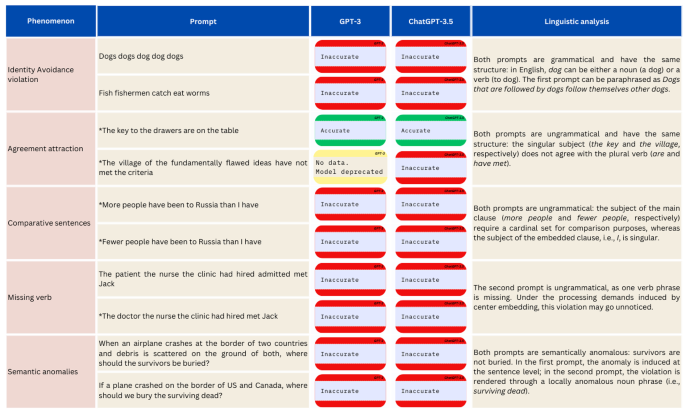
DBSP: Automatic Incremental View Maintenance for Rich Query Languages
Incremental computation represents a transformative (!) approach to data processing. Instead of recomputing everything when your input changes slightly, incremental computation aims to reuse the original output and efficiently update the results. Efficiently means performing work proportional only to input and output changes.
This paper introduces DBSP, a programming language inspired by signal processing (hence the name DB-SP). DBSP is simple, yet it offers extensive computational capabilities. With just four operators, it covers complex database queries, including entire relational algebra, set and multiset computations, nested relations, aggregations, recursive queries, and streaming computations.
The language is designed to capture computation on streams. Streams are represented as infinite vectors indexed by consecutive time. Each stream can represent values of any type and incorporates basic mathematical operations like addition, subtraction, and a zero element. DBSP introduces incremental computing operators such as lifting ($\uparrow$) that converts scalar functions to stream functions, delay ($z^{-1}$) that shifts stream values, differentiation (${D}$) that compute stream changes, and integration (${I}$) that reconstruct original streams from change streams. Integration and differentiation are inverses of each other, and this shows in their stream circuit representation.
DBSP is a simplified version of differential dataflow. I talked about differential dataflow in 2017 here. Differential dataflow represented time as a lattice, DBSP represents it as a single array. In other words, in DBSP time is consecutive and each state requires a unique predecessor. In differential dataflow, time is defined as a partial order to capture causality and concurrency. That is a better model for distributed systems, but that introduces a lot of complexity. DBSP makes a big simplification when it assumes linear synchronous time, and probably opens up issues related to managing out-of-order inputs, incorporating data from multiple streams, and tracking progress.

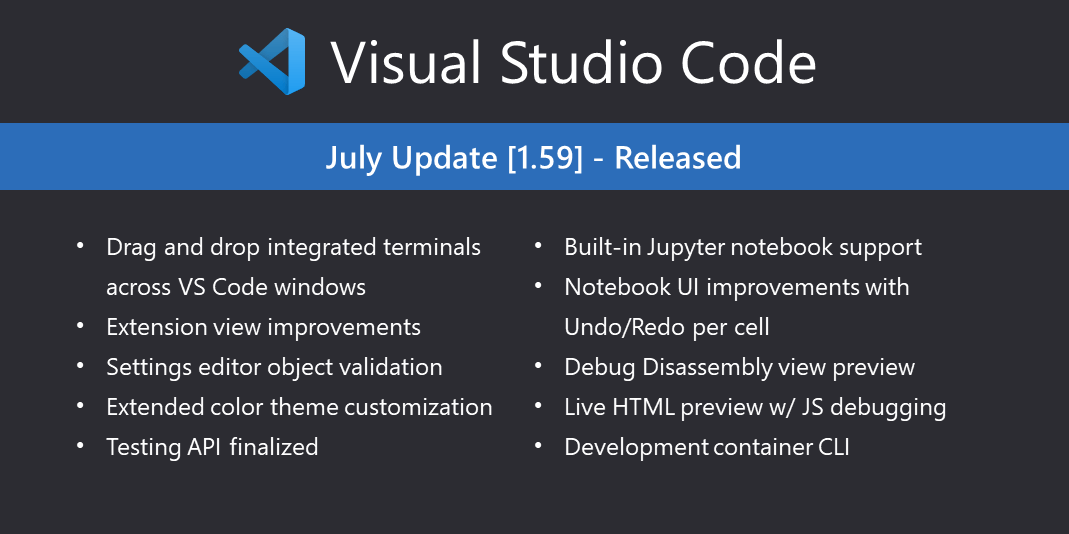

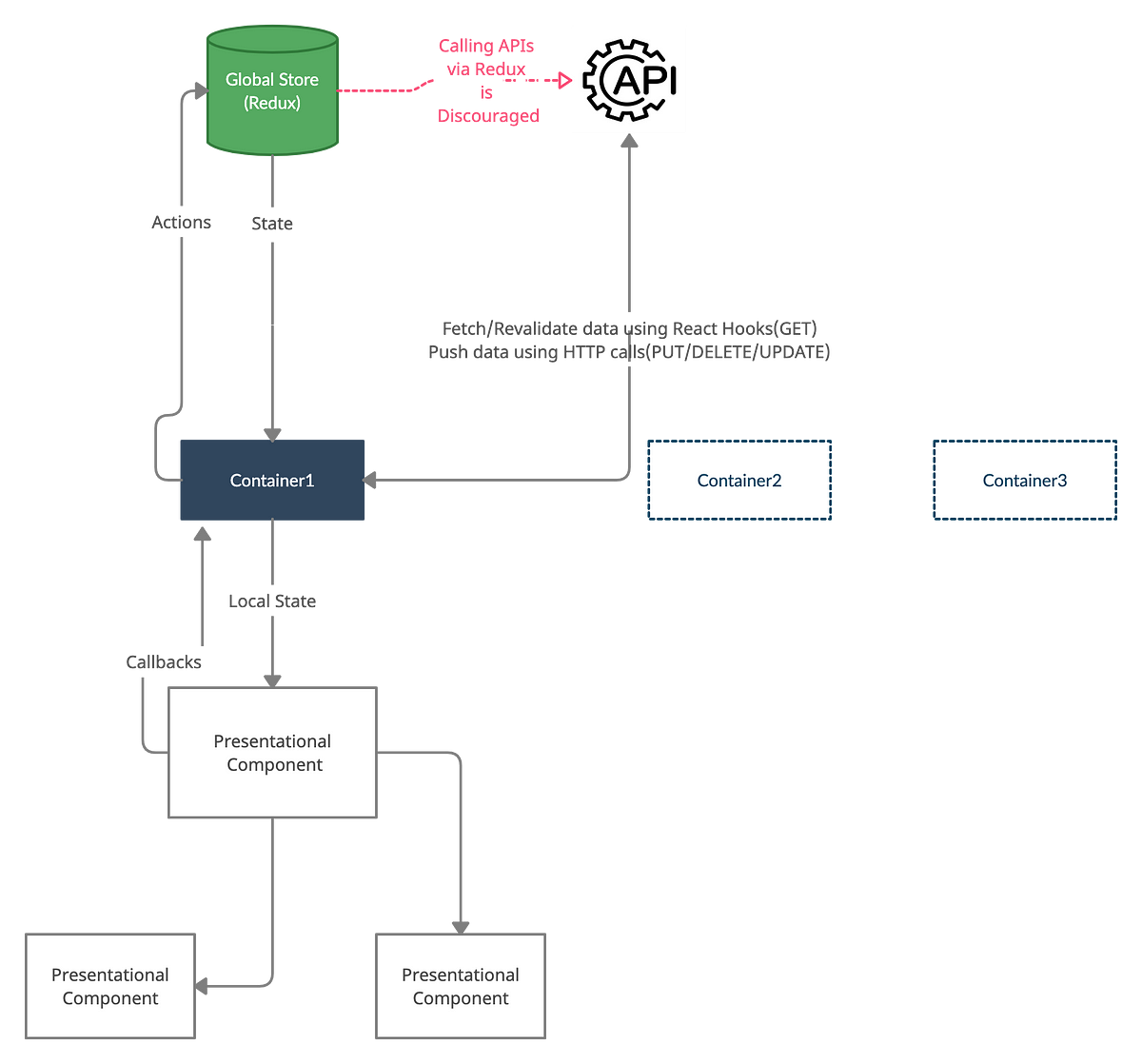
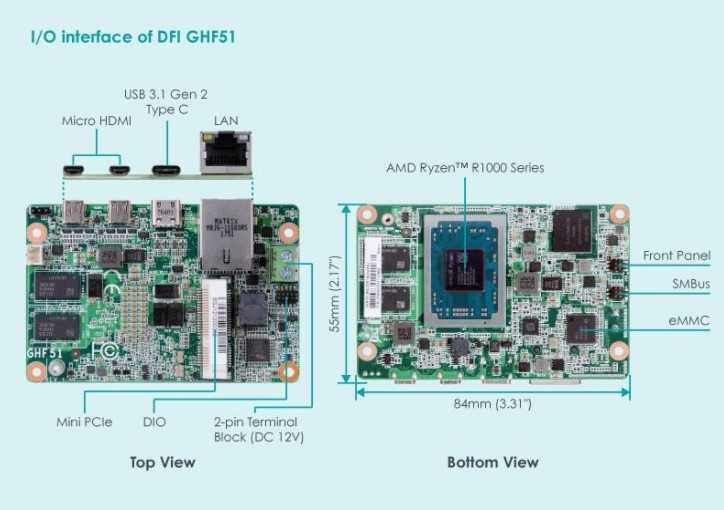



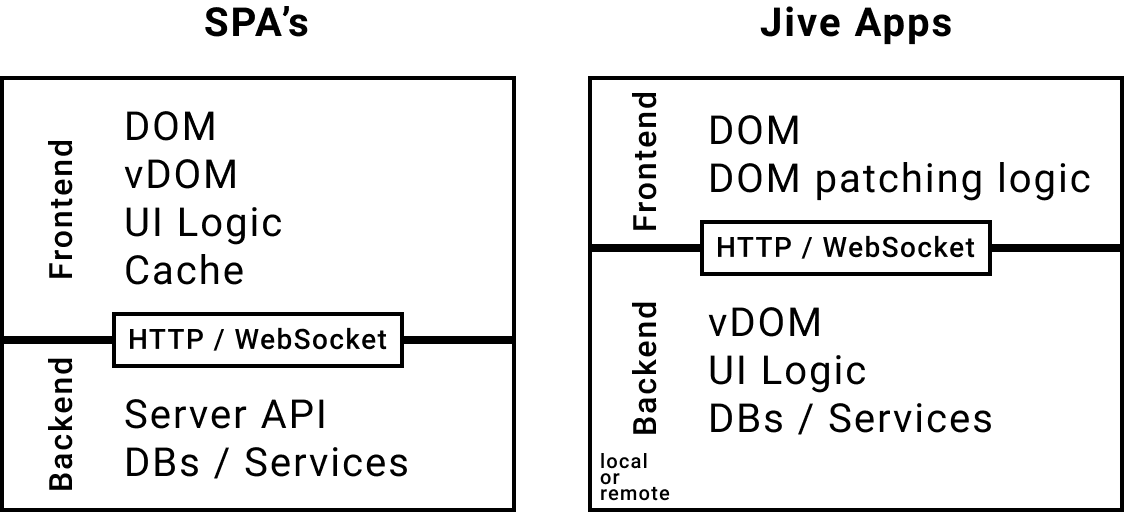












/cdn.vox-cdn.com/uploads/chorus_asset/file/25740076/Windows_Security_ignite_2024.png)


